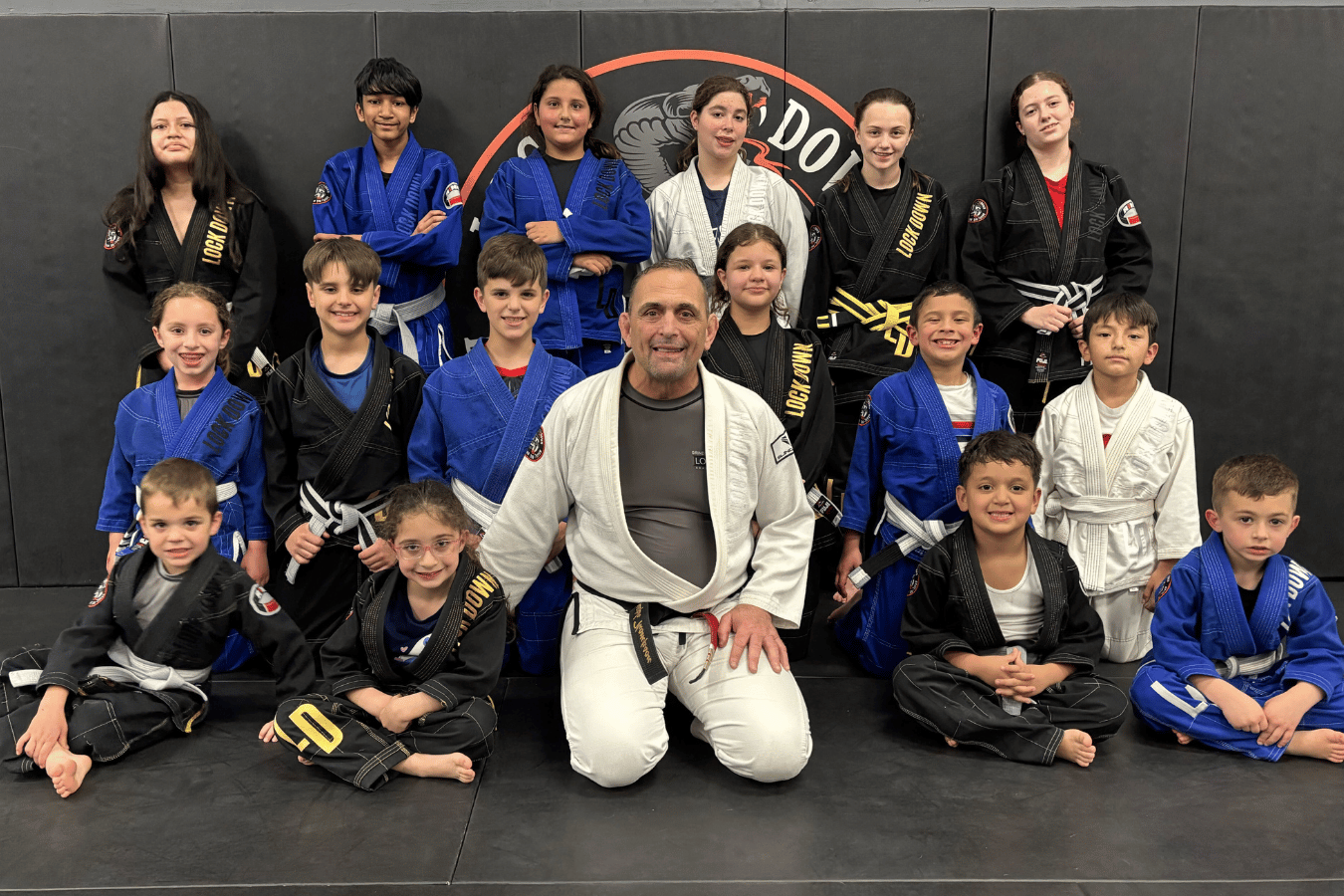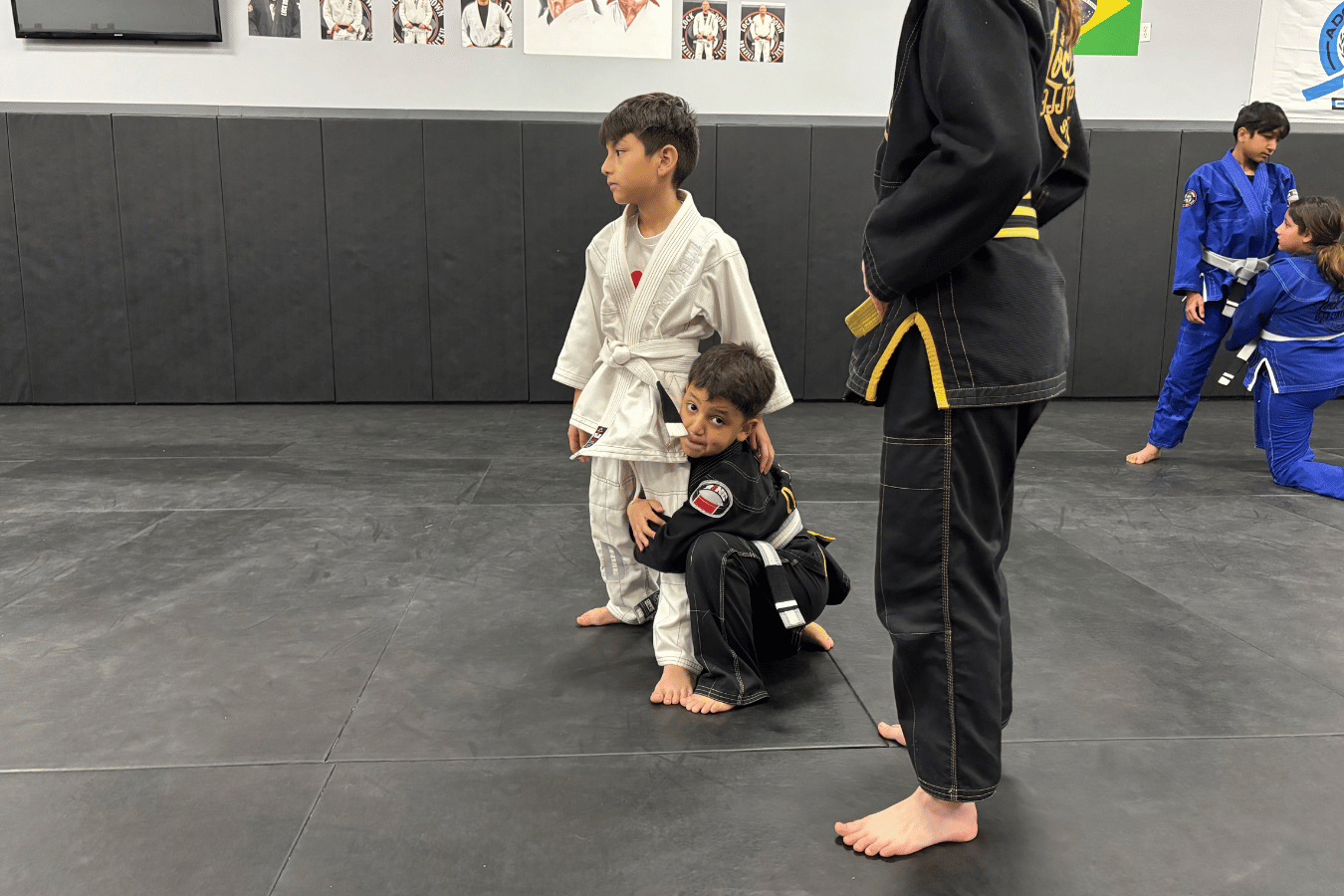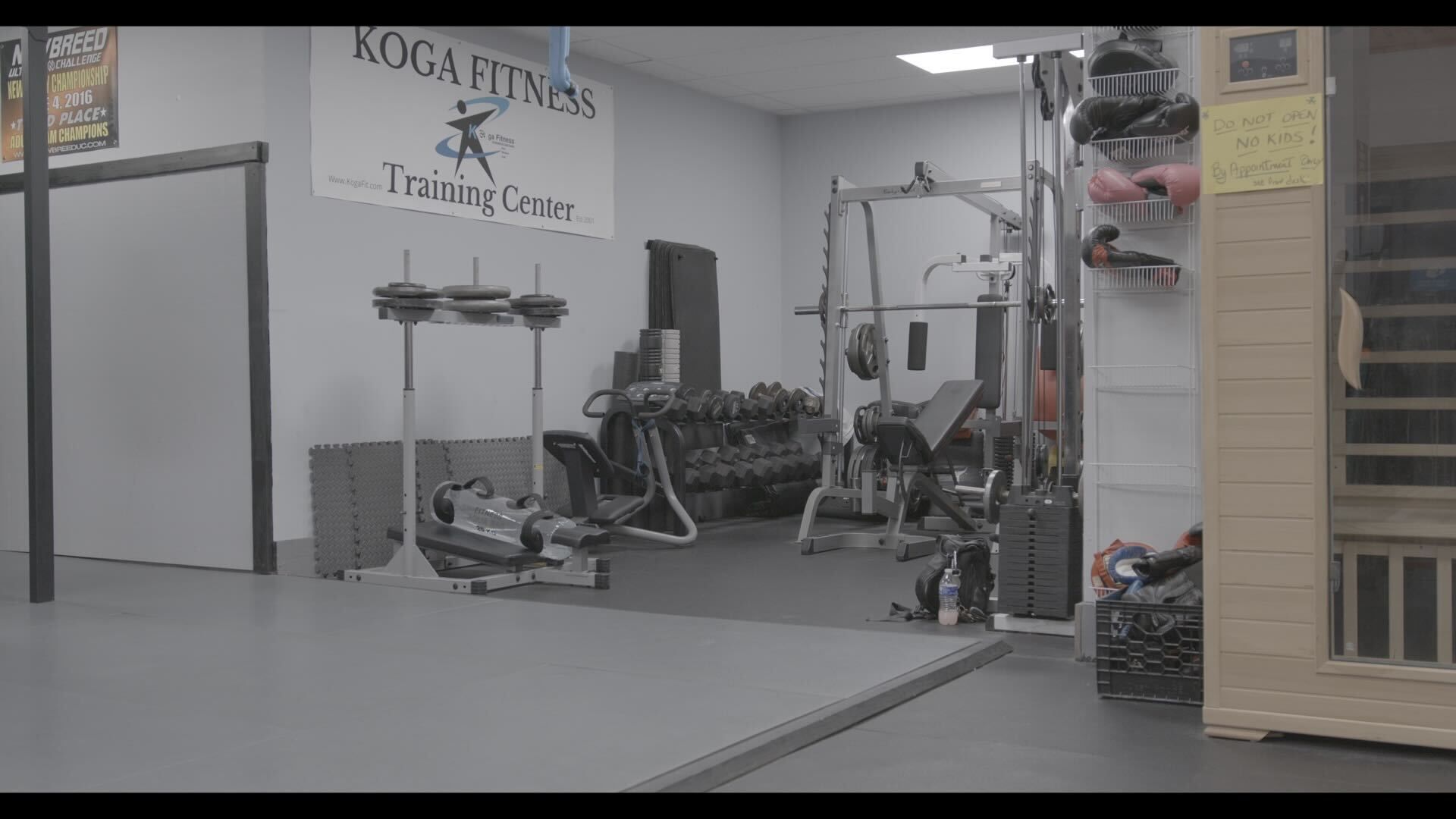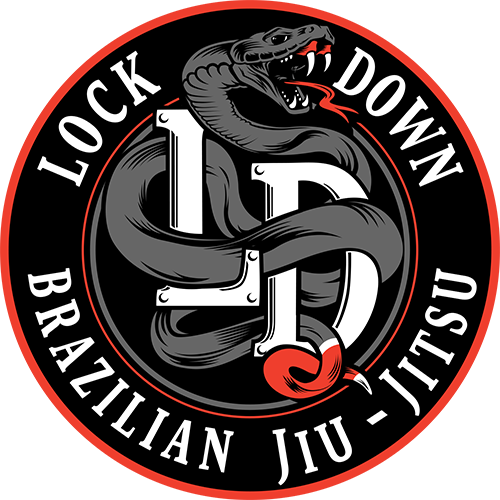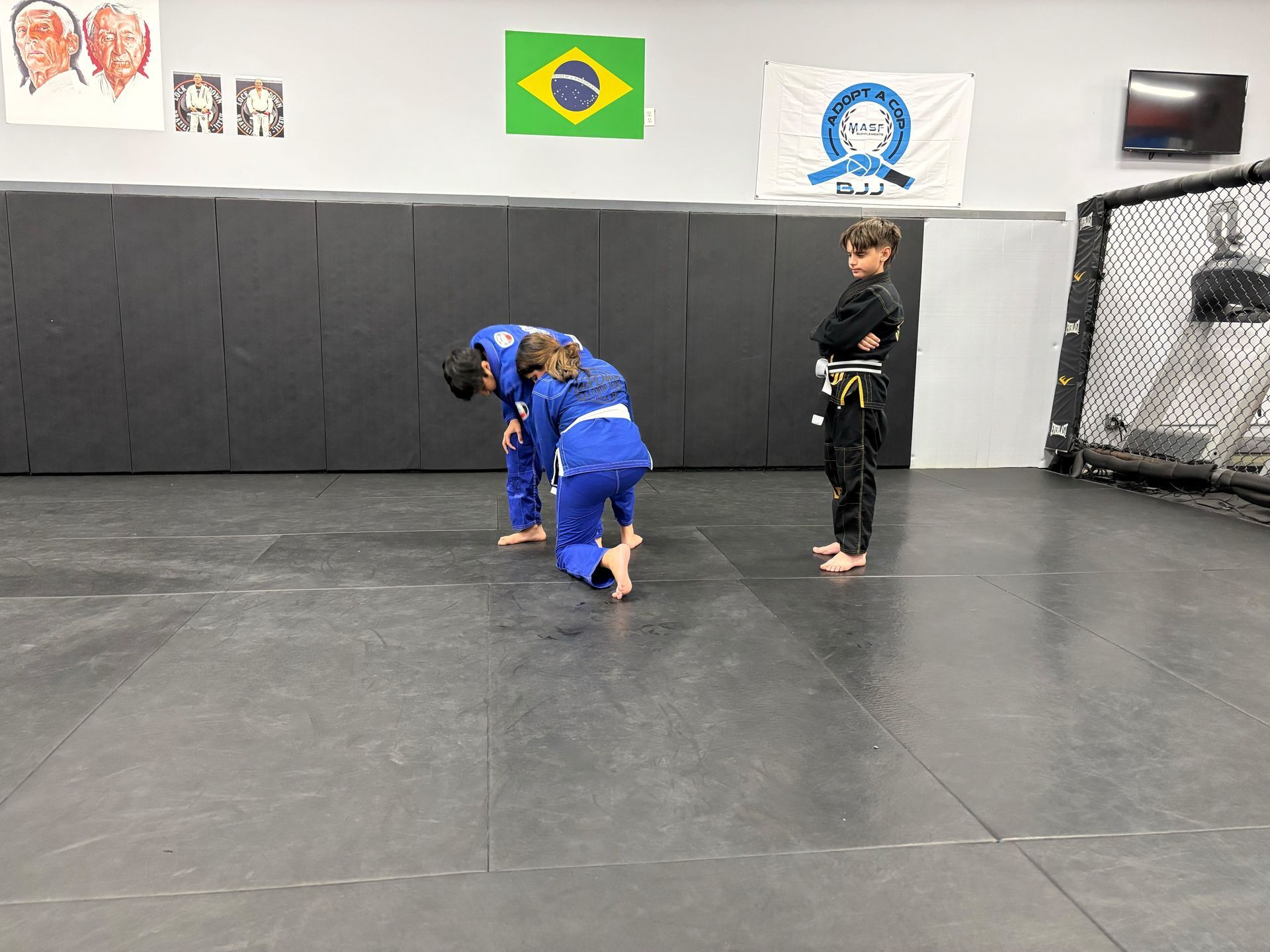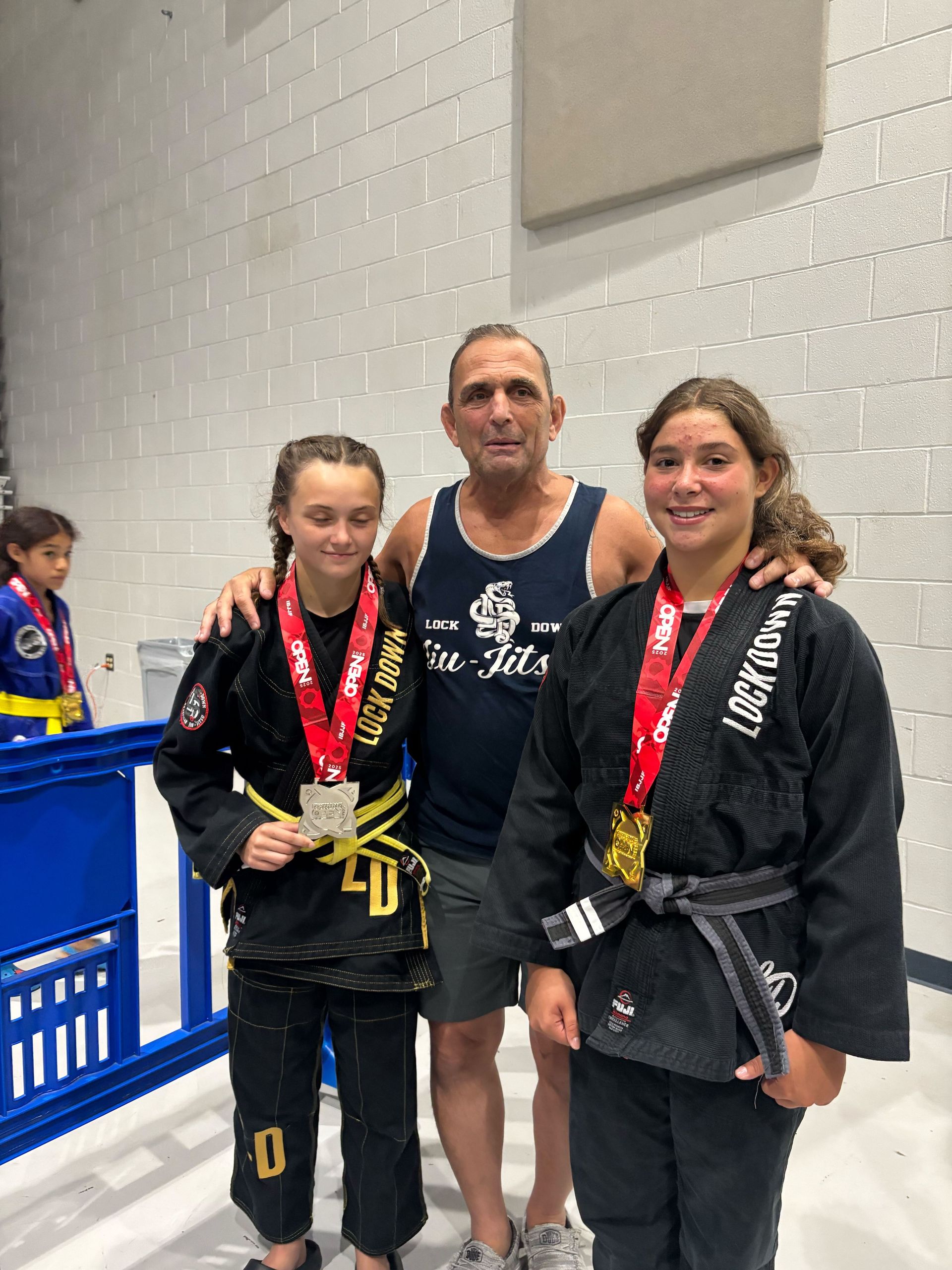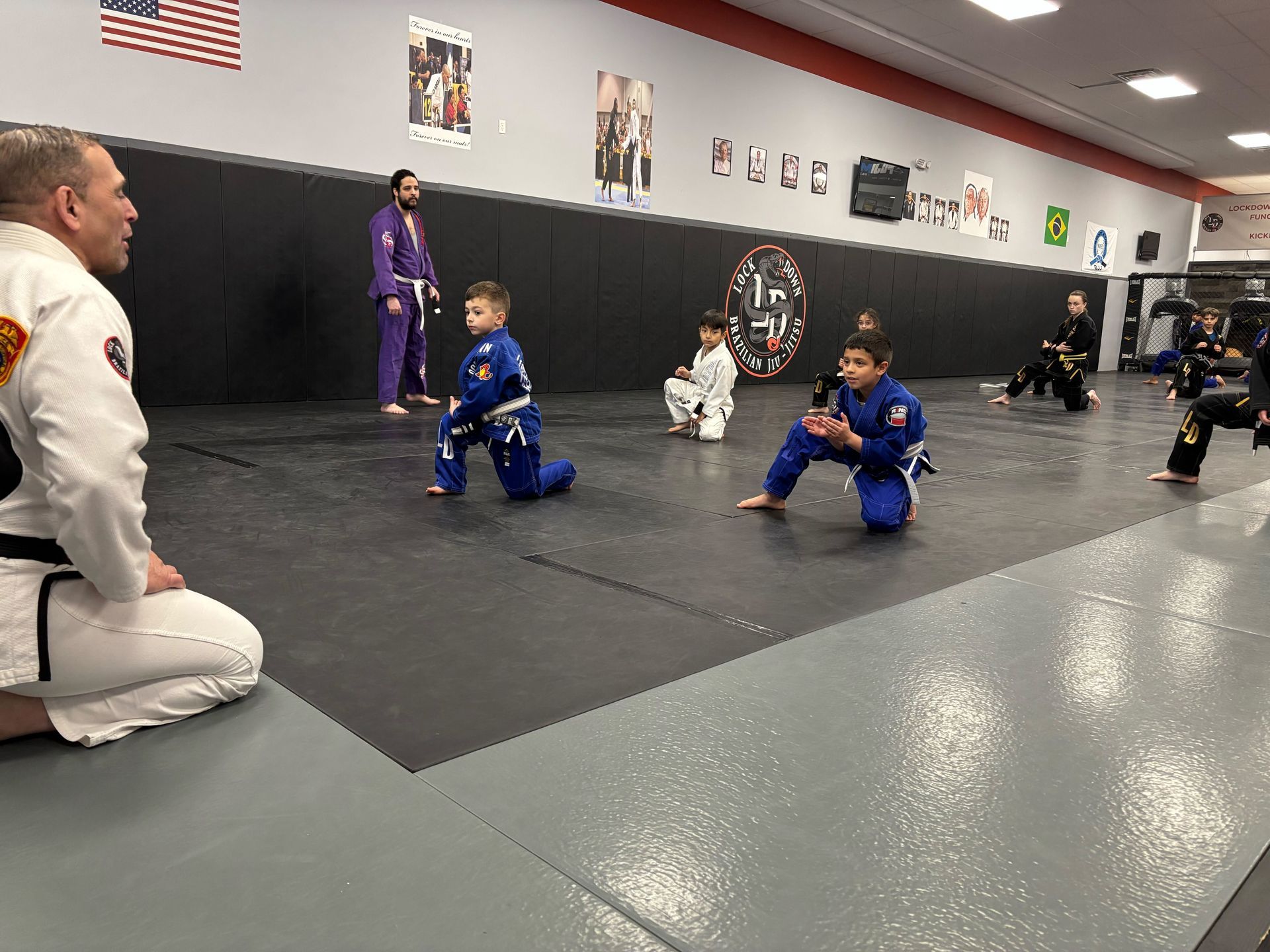When you first step into a Brazilian Jiu-Jitsu (BJJ) academy, one of the most important decisions you’ll make is choosing the right BJJ gi. The gi is your uniform, your gear, and your foundation for training. Picking the right gi not only affects your comfort during class but can also influence your performance. Whether you’re a complete beginner or an experienced practitioner, understanding the different types of gi, their materials, fits, and styles is crucial for making an informed decision.
At Lockdown Brazilian Jiu-Jitsu, located in Lake Ronkonkoma, NY, we help our students find the best gear to enhance their training experience. If you’re ready to start your BJJ journey or take your training to the next level, book your free trial class today!
Why the Right BJJ Gi Matters
A high-quality gi will support your training and help you feel comfortable as you practice. Here’s why choosing the right gi is so important:
- Comfort: A gi that fits properly allows for easier movement, enabling you to focus on techniques rather than adjusting your uniform.
- Durability: BJJ can be intense, and you need a gi that can withstand repeated wear and tear without compromising its quality.
- Performance: The right gi can give you an edge in competitions or sparring by allowing you to move with greater agility and without restrictions.
- Respect and Tradition: In Brazilian Jiu-Jitsu, the gi represents respect for the art and its traditions. It’s not just a piece of clothing; it’s a symbol of your commitment to the sport.
What to Consider When Choosing a BJJ Gi
There are several factors to consider when selecting your BJJ gi. We’ve broken down the most important features to help you make an informed decision:
1. Fit: Choosing the Right Size and Cut
One of the most important factors in selecting a gi is the fit. A poorly fitting gi can restrict movement, causing frustration and discomfort. Here’s what to look for:
- Slim Fit: Ideal for those who prefer a tighter, more athletic cut. Slim-fit gis are commonly worn by competitors as they offer less material for opponents to grab.
- Traditional Fit: Offers more room and comfort. This style is often preferred by beginners and those who like a bit more room for movement.
- Pre-Shrunk vs. Shrinkable: Some gis are pre-shrunk, while others shrink after washing. If you prefer a perfect fit right away, a pre-shrunk gi is a good choice.
2. Material: What’s Your Gi Made Of?
The material of your gi determines its durability, weight, and comfort. Common materials include:
- Cotton: Soft and breathable, cotton gis are comfortable but can shrink after washing.
- Polyester/Cotton Blend: These gis are more durable, easier to maintain, and often more resistant to shrinking.
- Ripstop: A popular choice for competition, ripstop gis are lightweight and durable, featuring a cross-hatch pattern that resists tearing.
- Gold Weave: Gold weave gis offer a balance between durability and comfort. They’re often thicker than regular cotton gis but still soft.
3. Color and Design: Picking the Right Style
While the color of your gi may not affect your training, many people like to express their personality through their choice of design. The most common colors are:
- White: Traditional and widely accepted in competitions. It’s also the easiest to clean and maintain.
- Blue: A slightly more modern option, still commonly seen in competitions and training.
- Black: Represents strength and authority. Black gis are also durable and resistant to staining.
Many brands also offer custom designs and embroidery to personalize your gi.
4. Weight: Light vs. Heavy Gi
The weight of your gi can impact your training. Lighter gis are comfortable and breathable, making them ideal for hot climates or long training sessions. Heavier gis offer more durability and control in grappling, but they may feel restrictive at times.
- Lightweight (350-450 GSM): Perfect for those who prefer fast-paced training and lighter material.
- Midweight (450-550 GSM): The most popular choice for general BJJ training, offering a balance between durability and comfort.
- Heavyweight (600 GSM or more): Often chosen by experienced practitioners who train intensively or compete at high levels.
BJJ Gi Care: Maintaining Your Gi for Longevity
Once you’ve chosen your gi, taking care of it is just as important as choosing the right one. Here’s how to extend the life of your gi:
- Wash After Every Use: A clean gi ensures that bacteria and odors don’t build up.
- Air Dry: Avoid using a dryer, as heat can cause your gi to shrink. Instead, hang it up to air dry.
- Cold Water Wash: Wash your gi in cold water to prevent shrinking and fading.
- Use Mild Detergent: Harsh detergents can break down the fibers of your gi. Stick to mild or natural detergents.
Common Questions About BJJ Gis
Q: Can I wear any gi to class?
A: While most BJJ schools have a gi requirement, some schools offer no-gi classes. Be sure to check with your academy about their specific rules.
Q: Should I buy an expensive gi as a beginner?
A: As a beginner, you don’t need to invest in a high-end gi. Look for a well-fitting, comfortable gi that fits your budget. As you progress, you can upgrade to a more durable or higher-quality gi.
Q: How long does a BJJ gi last?
A: The lifespan of a gi depends on its material, frequency of use, and how well it’s maintained. A well-cared-for gi can last for several years.
Simply Put
Choosing the right BJJ gi is essential for comfort, performance, and longevity in training. Whether you’re a beginner or an experienced practitioner, selecting the proper fit, material, and style can make a world of difference in your training experience. At Lockdown Brazilian Jiu-Jitsu, we’re committed to helping you succeed both on and off the mats. Ready to get started? Book your free trial class today and experience BJJ at its best in Lake Ronkonkoma, NY!

